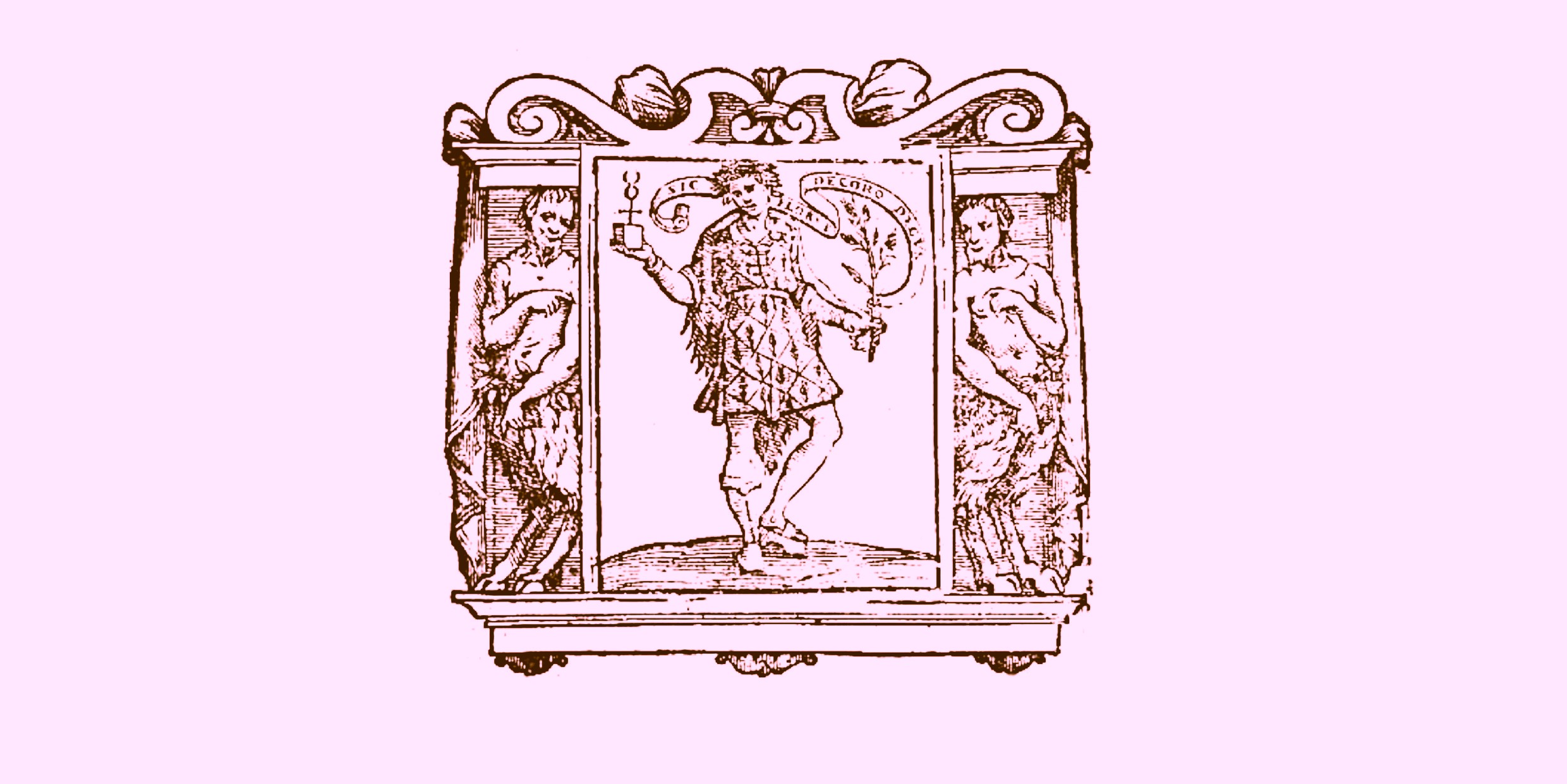by Cesare Ripa, Giovanni Zaratino Castellini
First published in Rome in 1593, Iconologia written by art historian and critic Cesare Ripa (c. 1560-1622), is the most celebrated repertory of allegorical personifications in western culture. Numerous subsequent syllogies have been inspired by it, and the iconological discipline founded by art historian Aby Warburg (1866-1929) also has Ripa's work as a fundamental precedent. In Iconologia, allegories follow one another in alphabetical order, initially only as verbal descriptions, later with accompanying images. While the first edition consists of 699 entries without illustrations, subsequent editions record a steady increase in both headwords and images, thanks in part to outside contributors, involved by Ripa in what would prove to be an enterprise with an increasingly encyclopedic slant. The last edition to which Ripa was able to contribute in person came out posthumously in 1625. It contained 1309 entries and 351 illustrations. Among the entries in Iconologia, the one entitled Decoro (Decorum) has never aroused particular curiosity among Cesare Ripa scholars, and remains misunderstood to this day. This is explained by the fact that it appeared only in the 1613 edition (the fifth after those of 1593, 1602, 1603 and 1611), and it was signed not by Ripa but by his most important collaborator, the epigraphist and scholar Giovanni Zaratino Castellini (1570-1641). As for more recent editions, Decoro entry can be found in the one, edited by Piero Buscaroli, published by Fògola (Turin 1986), TEA (Milan 1992) and Neri Pozza (Vicenza 2000), but limited to the few lines of the descriptive text - the ekphrasis, to put it in the greek way - reproduced below. By contrast, the long commentary, thick with quotations from famous authors, with which Zaratino Castellini supplements and justifies the initial ekphrasis, and which makes Decoro the most extensive lemma that has ever appeared in the pages of Iconologia, is entirely absent. In forthcoming issues, FD will reintroduce it in full to its readers, again referring to the 1613 edition. For biobibliographical profiles of Cesare Ripa and Giovanni Zaratino Castellini: F. Biferali, Ripa, Cesare, in Dizionario Biografico degli Italiani, Treccani, Rome 2016, vol. 87; M. Palma, Castellini, Giovanni Zaratino, in Dizionario Biografico degli Italiani, Treccani, Rome 1978, vol. 21. About history and fortune of Iconologia, see website Iconologia di Cesare Ripa (https://limes.cfs.unipi.it/allegorieripa/).
Young man of handsome & honourable appearance, wearing lion’s skin; in the palm of his right hand he holds a cube, in the centre of which is fixed the figure of Mercury; in his left he holds a branch of Amaranth, vulgarly called velvet flower, with this motto around it. Sic Floret Decoro Decus. It is also possible to crown him & adorn his habit, which is a tunic, in the straight foot he holds a buskin, in the left a clog.
Homepage; "Decorum", graphic elaboration from the image illustrating C. Ripa's book "Iconologia", Eredi di Matteo Florimi, Siena 1613. Below; reproduction of pages 170-171 from the same book (www.archive.org).


